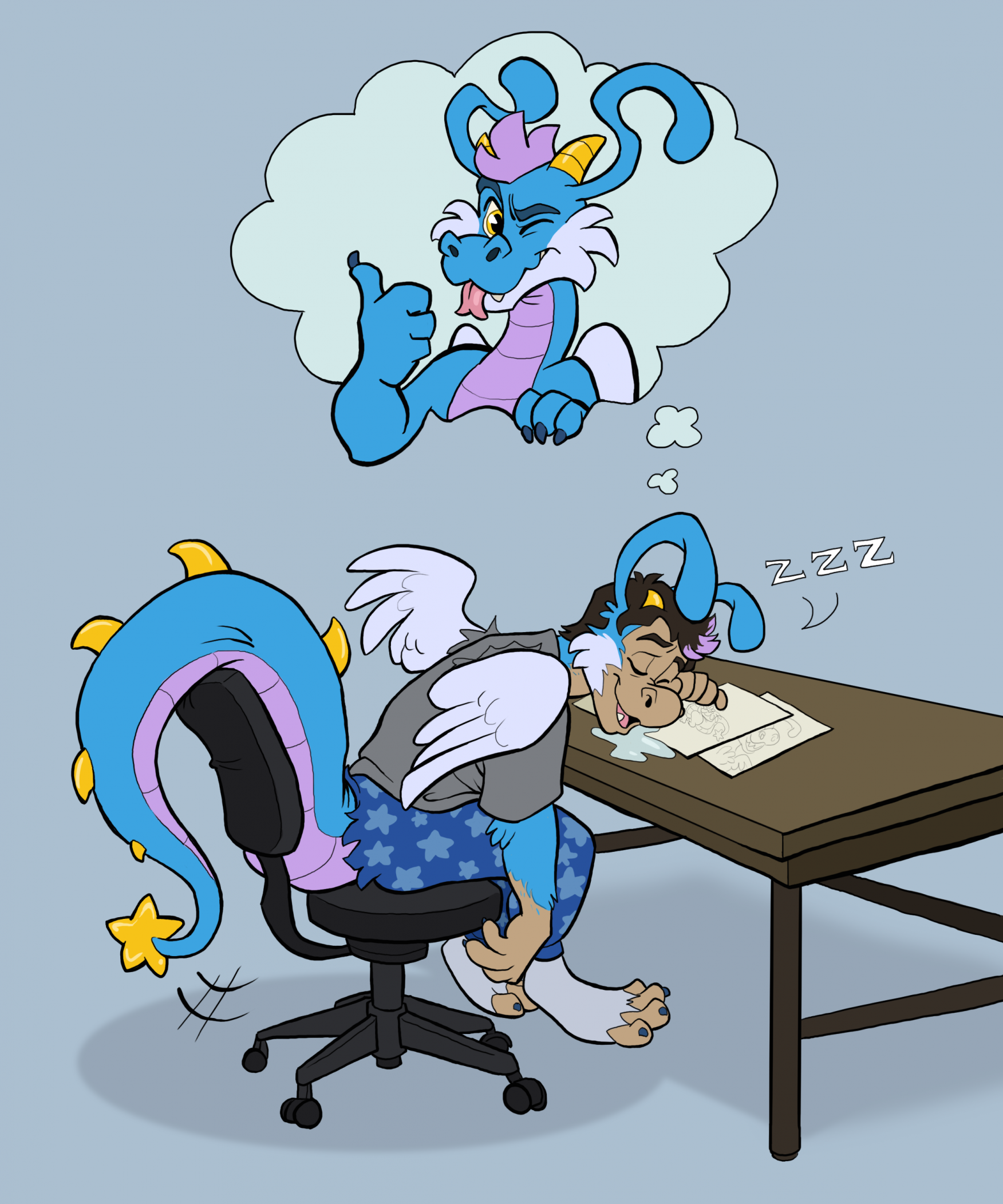

Often seen on traditional Chinese drawings, the so-called oriental dragons have four, two, or even no legs and no wings, but can still – if you believe the legends – fly. They are often depicted as a very small dragon, which makes its way over the ground like a snake if it does not glide silently through the air. They are very strong and their scales are robust.Īmphipteres are basically the exact opposite of the Drake: They have a pair of wings, but no front or back legs. Sometimes they also live in water and have large fins on their backs and tails to glide quickly through the water. Their bodies are designed to cover long distances on foot. These are usually very muscular so that they can easily get into the air after a short sprint to take off. Some wyverns use them as front legs, others only walk on their strong hind legs. Instead, they have large claws or “thumbs” at the upper ends of their wings, with which they can support themselves on the ground. Unlike the classic dragon, the Wyvern has no forearms. If the wings are rather small and have a smaller wingspan, the kite can usually only fly or glide short distances and depends on warm-up and down winds, just like a bird. The bigger the wings of the dragon, the higher and further it can fly. Dragons easily glide through the air with their huge wings. The possibilities to design a dragon are only limited by your imagination! They all can have as many colors, horns, spines, fins, or claws as you like, they can be as big as skyscrapers or as small as a mouse.Īs just mentioned, a “real” dragon has four legs, a pair of large wings, a tail, and spines. I will introduce you to six of these subspecies but don’t forget: Because dragons are fictitious creatures, a fixed subdivision is almost impossible. Besides this stereotype, there are some distinctions and even other terms for dragons for various “subspecies”. When someone talks about a dragon, they often think of a large, four-legged scaled beast with two wings, a long tail, and a neck, with countless spines and fins on its back.


 0 kommentar(er)
0 kommentar(er)
